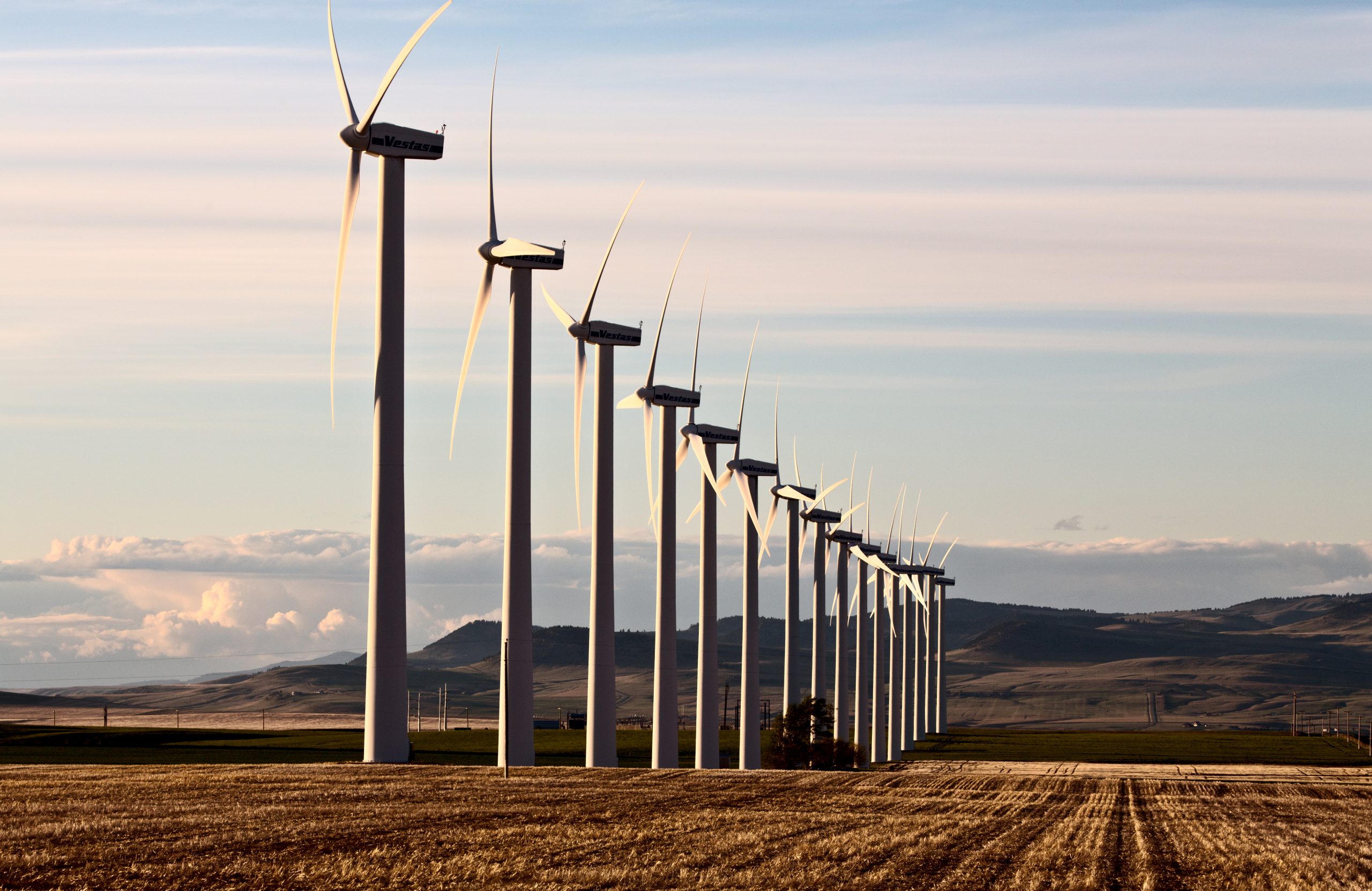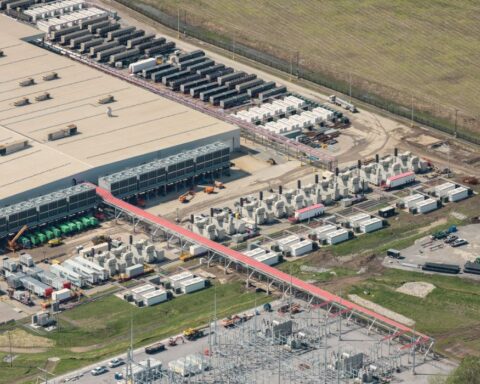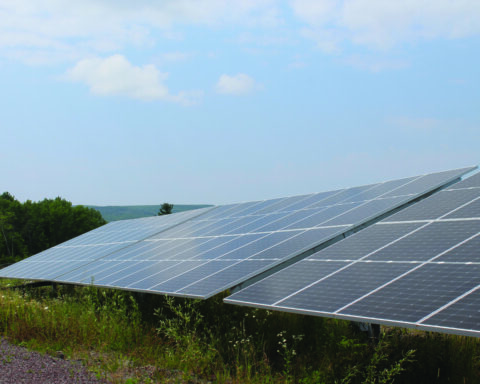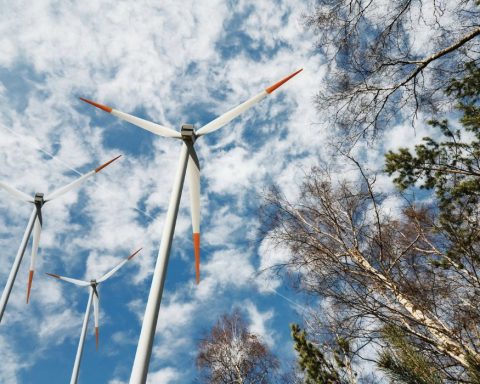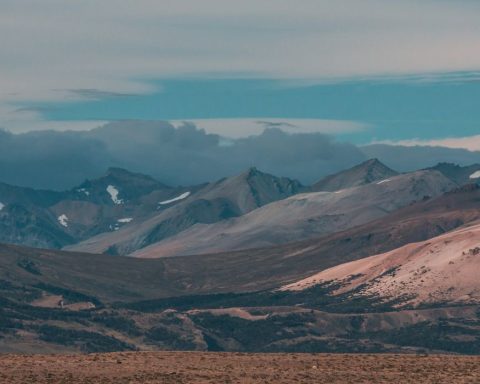Alberta’s development queue for renewable-energy projects hit its lowest level since June 2021 late last month, even as other provinces move to get new projects under way.
The data reinforce concern that the Danielle Smith government’s controversial renewable-energy moratorium two years ago and the regulatory uncertainty that followed it have been driving investors out of the province that previously led Canada in new project development.
The new numbers were published on LinkedIn last week by Jason Wang, senior analyst of electricity at the Pembina Institute. A chart based on data from the Alberta Electric System Operator (AESO) shows renewable-energy projects under development peaking above 25,000 megawatts between October 2023 and January 2024, dipping well below 15,000 megawatts by November 2024, then recovering somewhat before hitting a new low last month.
“This volume may rebound somewhat,” Wang wrote, citing an administrative deadline later this fall. “But without reversing some of its policy decisions, including in the current electricity market redesign, I expect to see more cold feet from investors.”
In May, Pembina said Smith’s decision to launch a constitutional challenge against the federal government’s watered-down Clean Electricity Regulations would add new uncertainty to the province’s electricity market. “At a time when other governments across this country and across the world are attracting investment in low-cost, secure, clean power, and modernizing their electricity grids to be fit for the needs of the next century, Alberta is introducing yet more uncertainty to its electricity market,” Wang said at the time. “This will further undermine investment confidence at the worst possible time.”
Later in the month, Pembina pointed to a wider series of new and prospective policies that were already bogging down the sector. “These include outright bans and ambiguous restrictions on areas of land where wind and solar projects can be built, new requirements relating to equipment recycling and land reclamation, and changes to transmission legislation, all of which will likely add new regulatory burdens and upfront costs to renewable energy developers,” the Calgary-based institute wrote. “It is notable that many of these new requirements are not being equally applied to other industries, including other energy sectors such as oil and gas.”
Wang’s latest analysis appeared just a couple of days before B.C. Hydro issued a call for 5,000 gigawatt-hours of electricity “from large clean or renewable projects in partnership with First Nations and independent power producers,” CTV News reported, equivalent to the output from the Site C hydropower megaproject. B.C. Premier David Eby took the opportunity to invite U.S. clean energy producers to turn their attention to Canada after Donald Trump described the wind turbines near his Turnberry golf resort in Scotland as “ugly monsters,” CTV said.
“We’re doubling down on renewable power, expanding our grid, and supporting First Nations leadership in energy development, all while helping communities and businesses access the clean electricity they need to grow,” Energy Minister Adrian Dix said in a statement.
In Nova Scotia, Premier Tim Houston announced that his province had designated Canada’s first four offshore wind areas. “With some of the top wind speeds in the world, Nova Scotia has the potential to become a clean energy superpower,” he said in a release. “With the right infrastructure, we’ll have the opportunity to send our wind west to power other parts of Canada. By becoming an energy exporter, we can secure long-term prosperity for Nova Scotians.”
On LinkedIn, Crux Energy Consulting founder and CEO Heidi Leslie warned that those projects may be more complicated than they seem. To hit its goal of five gigawatts of wind by 2030, she said the province will need grid transmission to get its power to market and commercial agreements that make sense to developers. “Nova Scotia has world-class wind resources,” and “offshore wind has huge potential,” Leslie wrote. But the projects will likely take 10 or more years to develop, they’ll require billions of dollars in investment per gigawatt, and experience in the United States suggests that the output from early projects will be expensive until supply chains mature and economies of scale begin to show up.
“Offshore wind isn’t plug-and-play,” Leslie said. “Developers need clarity on who will buy the power, how it will get delivered, and what policy support is in place. Without that, the designated zones are just lines on a map.”
At the same time, “this announcement matters,” Leslie added. “It gives developers, the province, utilities, and the federal government time to do the legwork: regulatory prep, environmental review, Indigenous engagement, fisheries planning, grid planning, supply chain development, etc. If we do that well, Nova Scotia can be ready to compete when offshore wind economics and market needs align.”
This article first appeared in The Energy Mix. It has been edited to conform with Corporate Knights style. Read the original article here.


